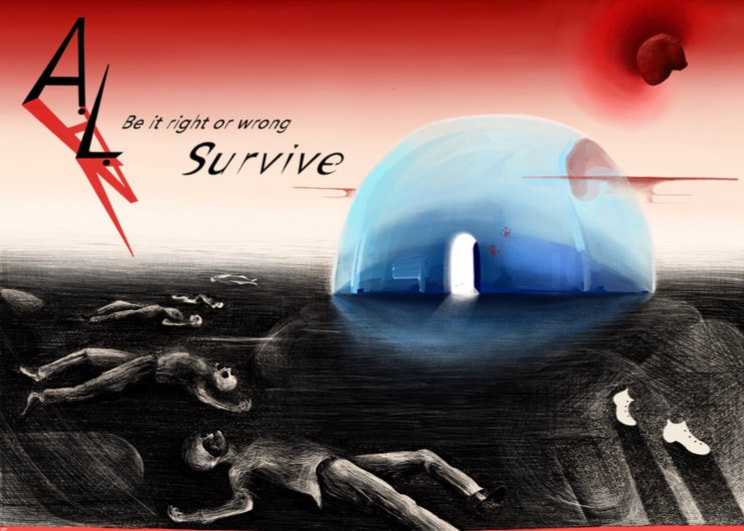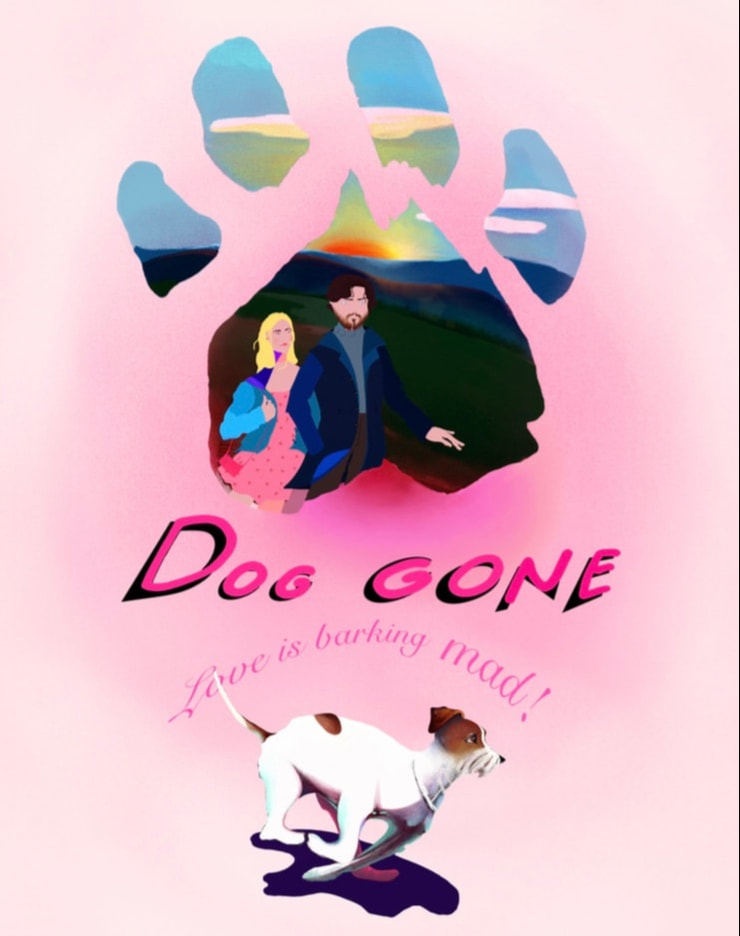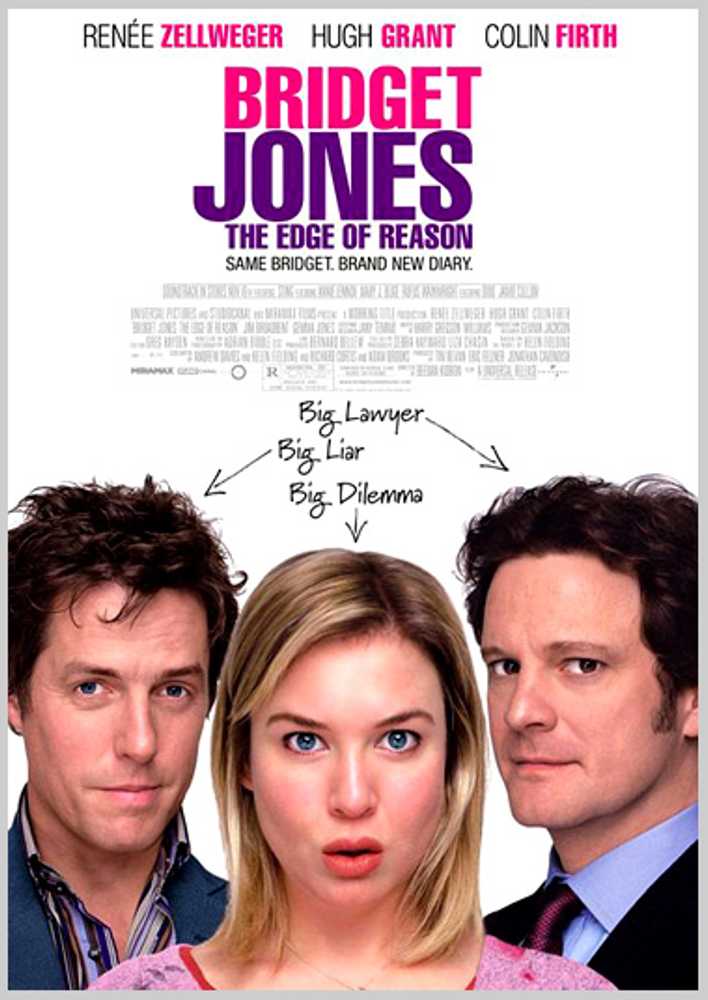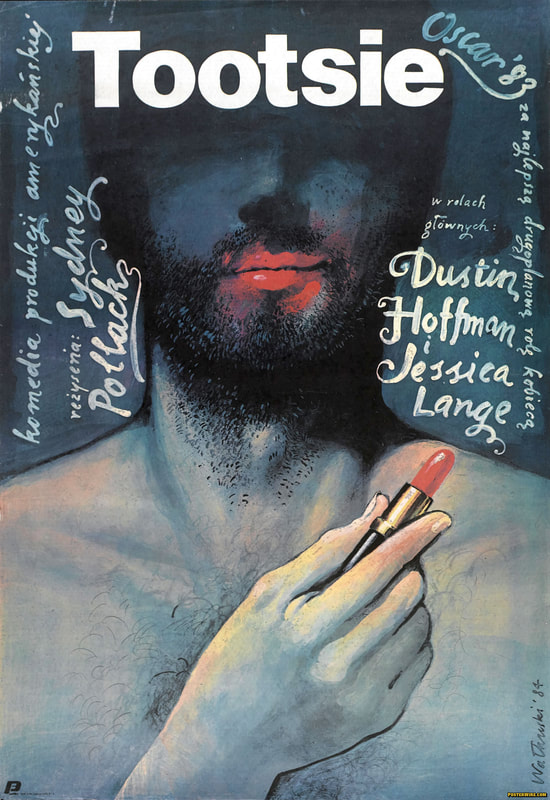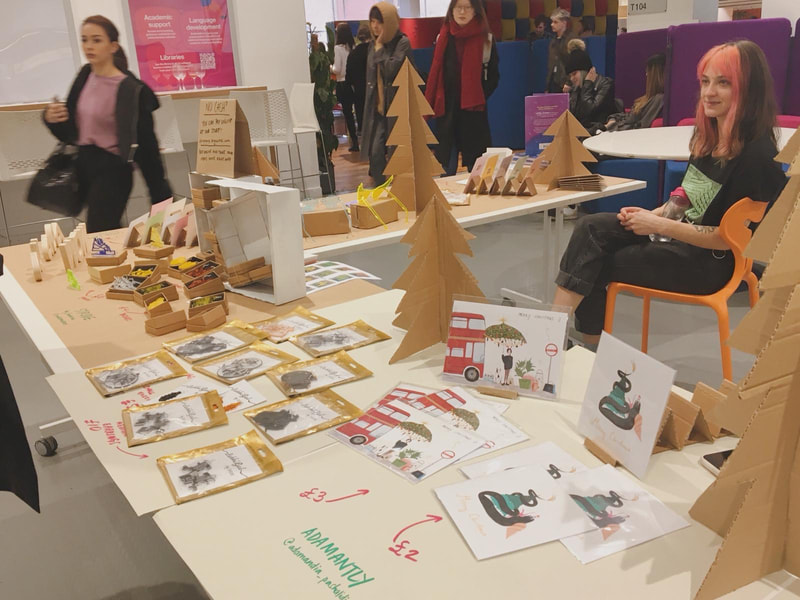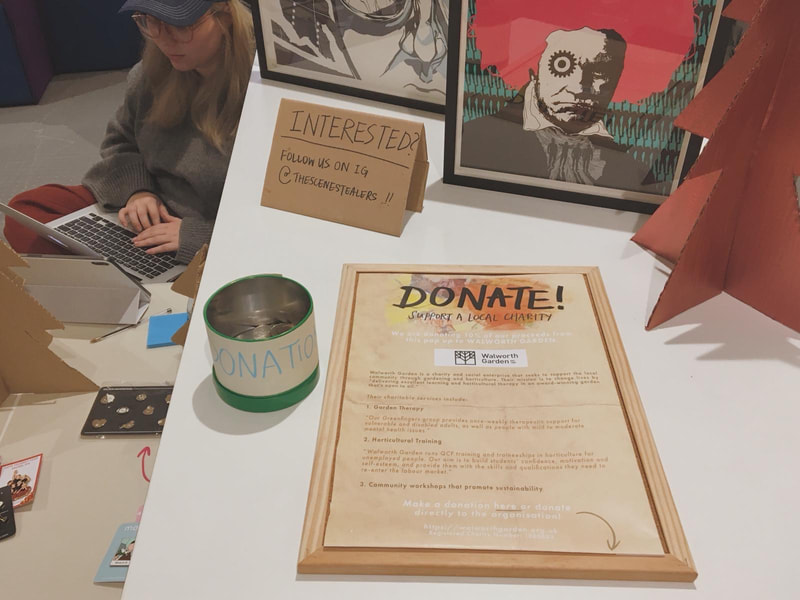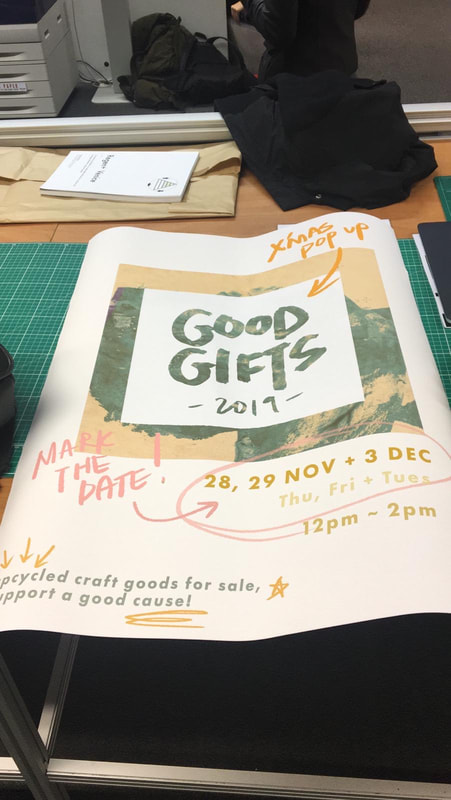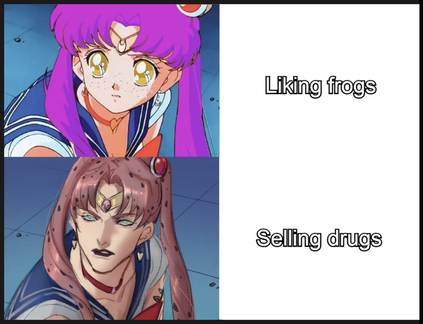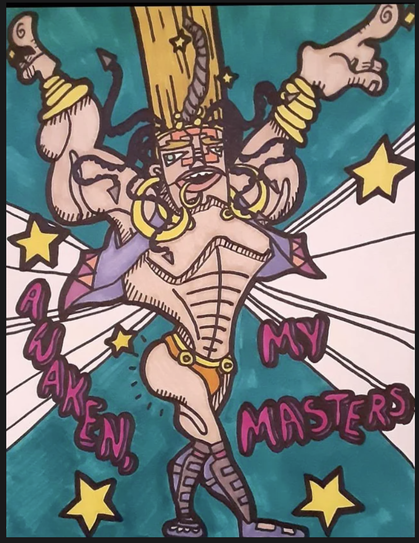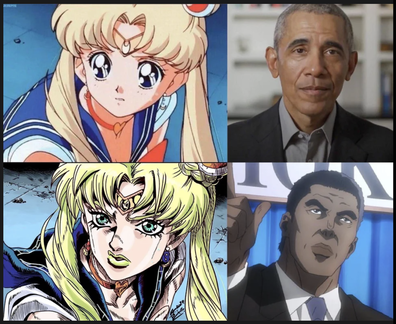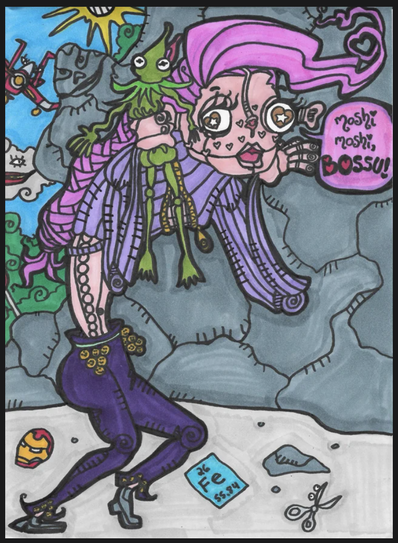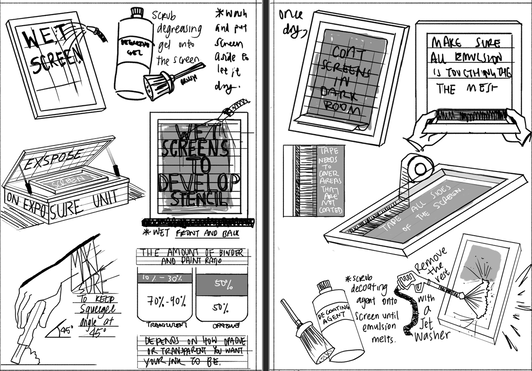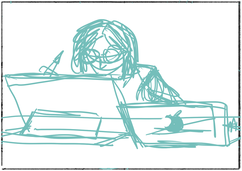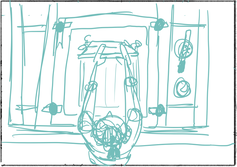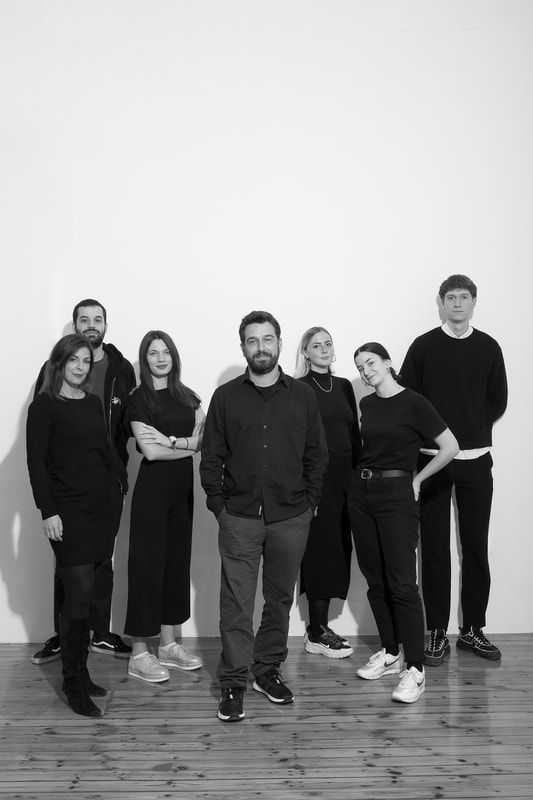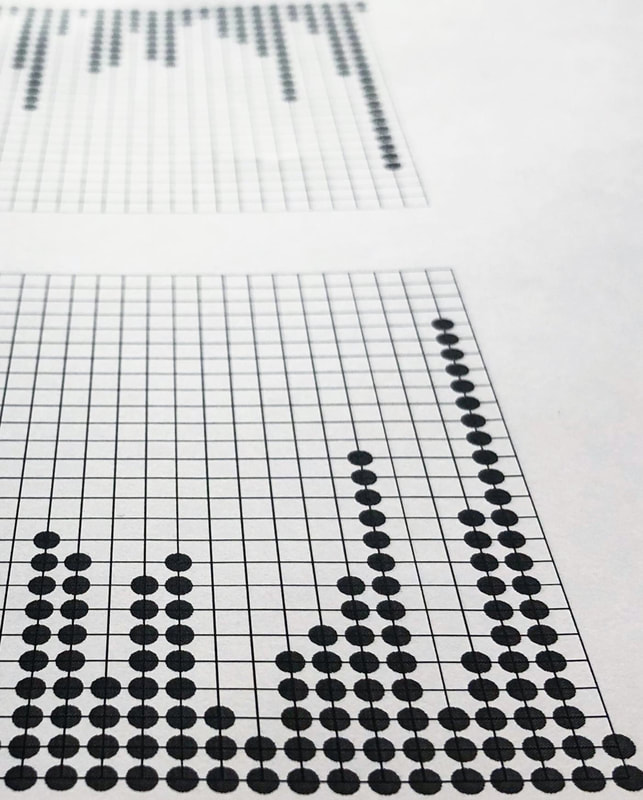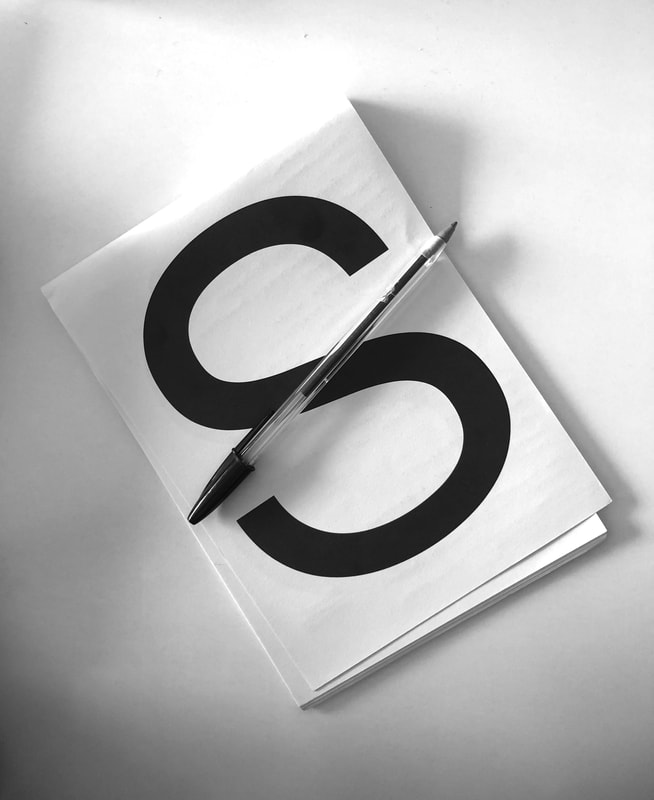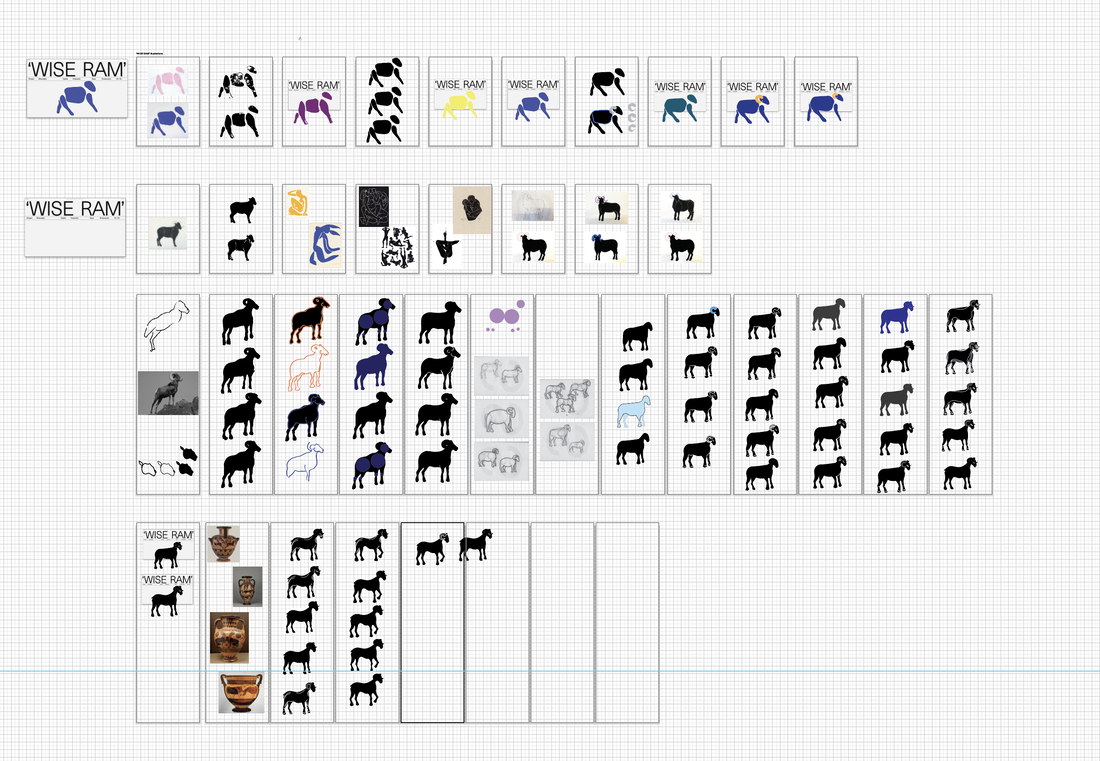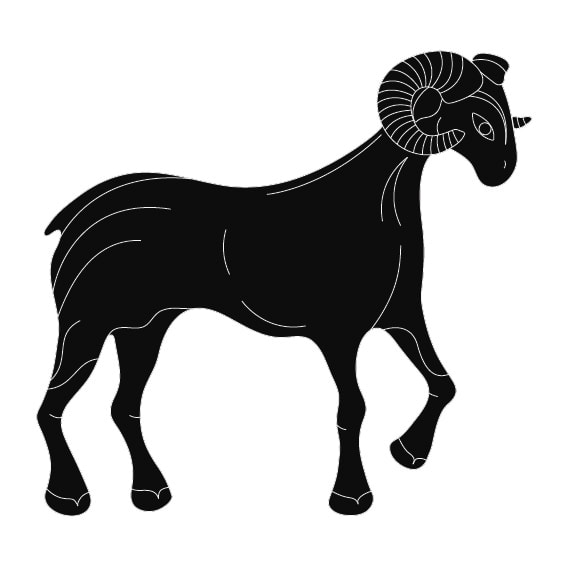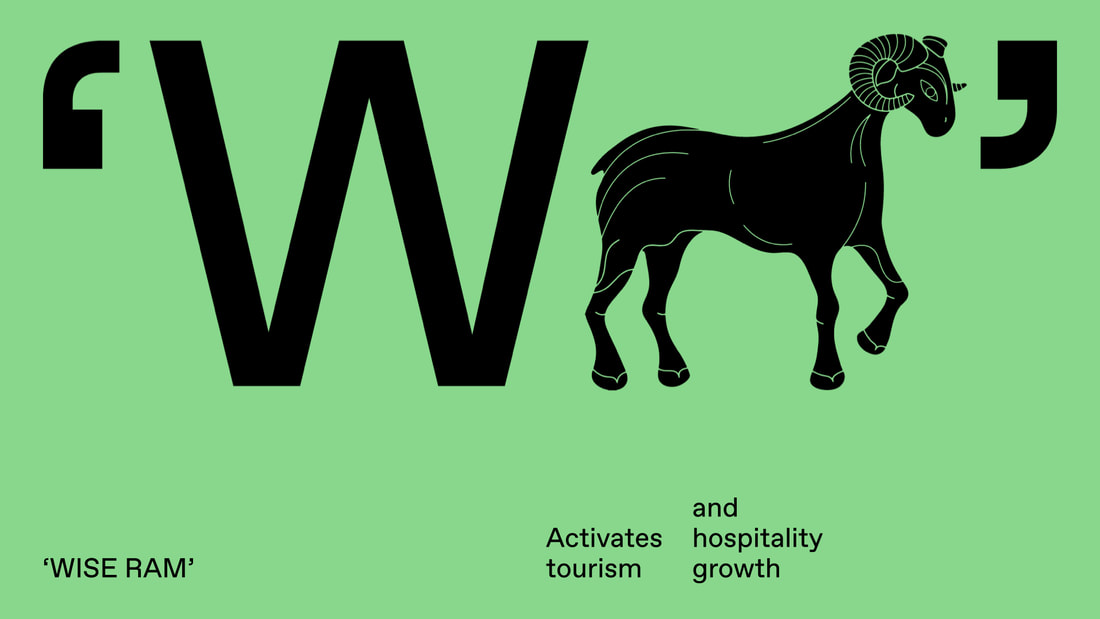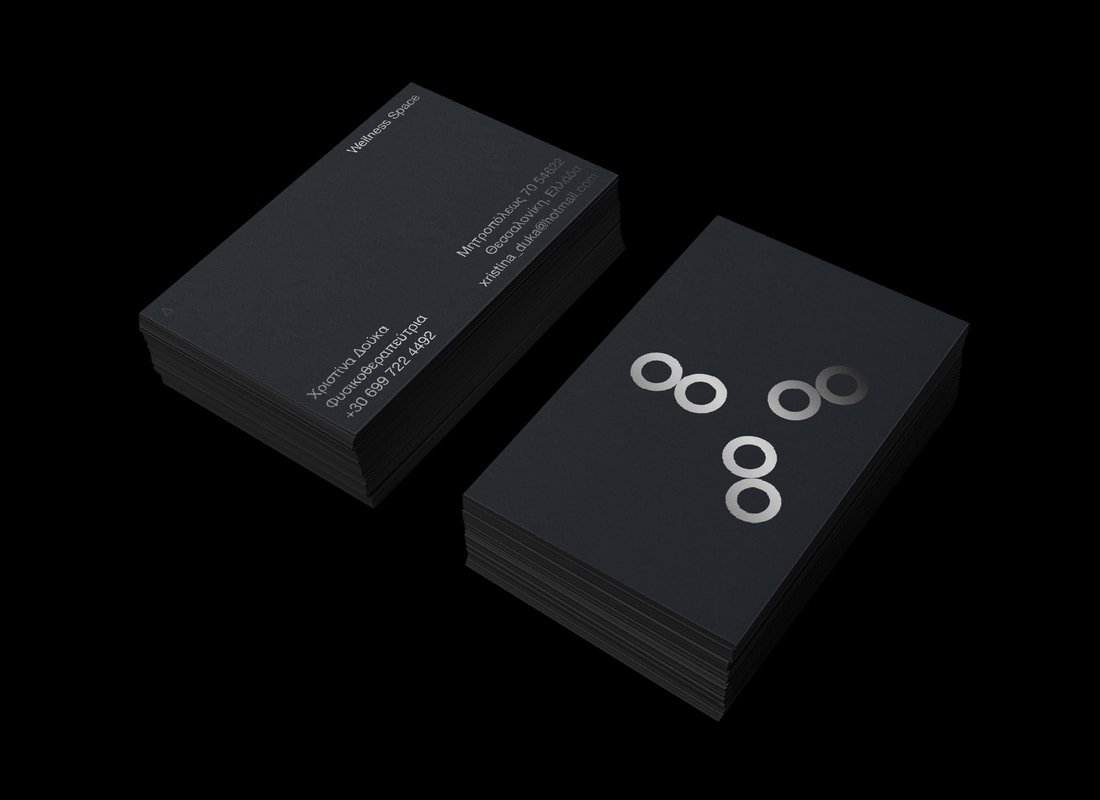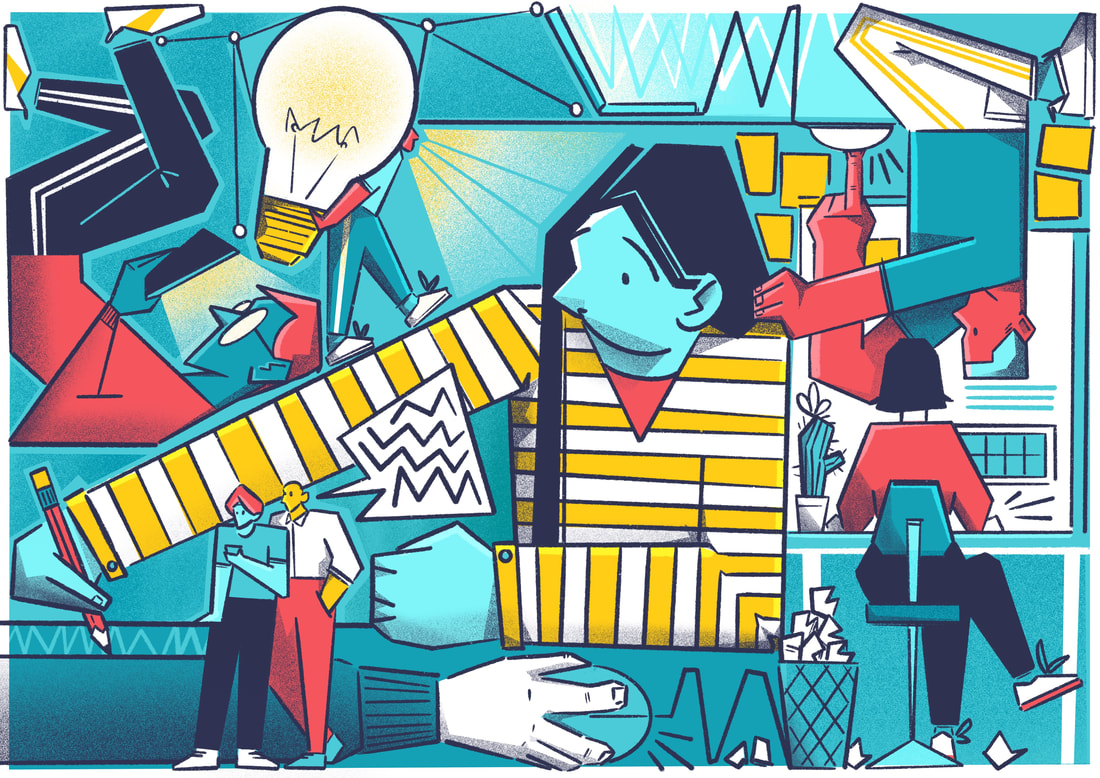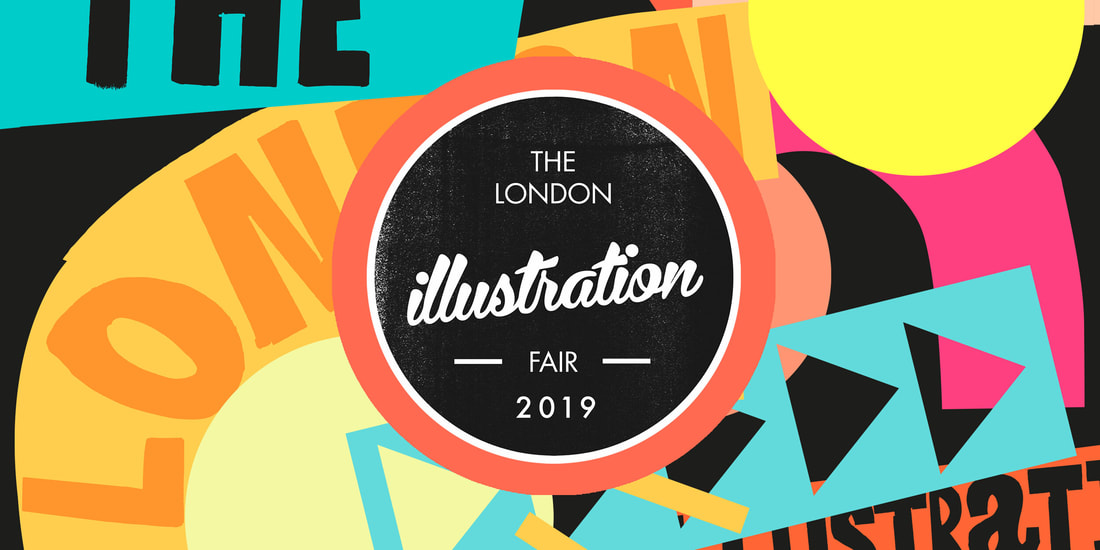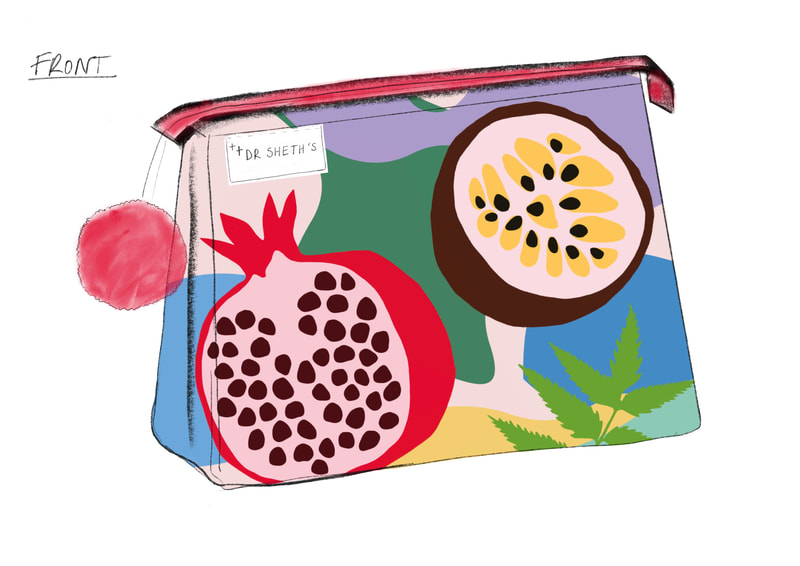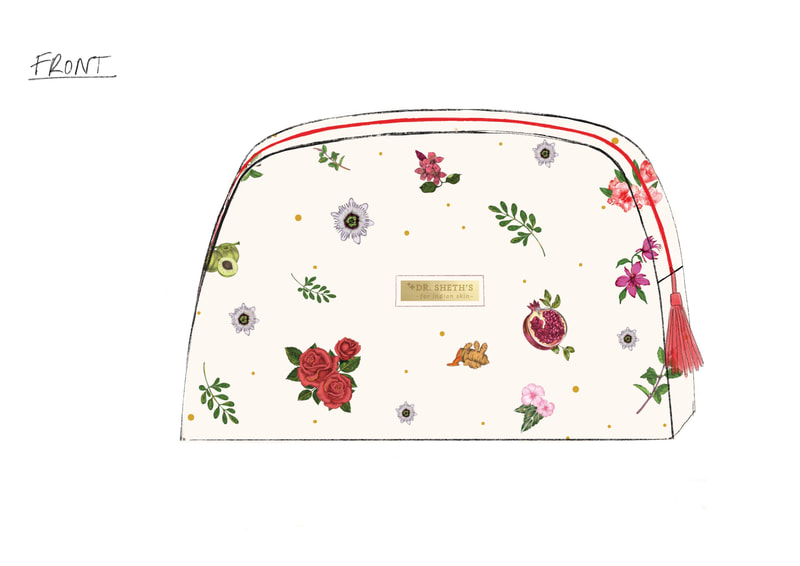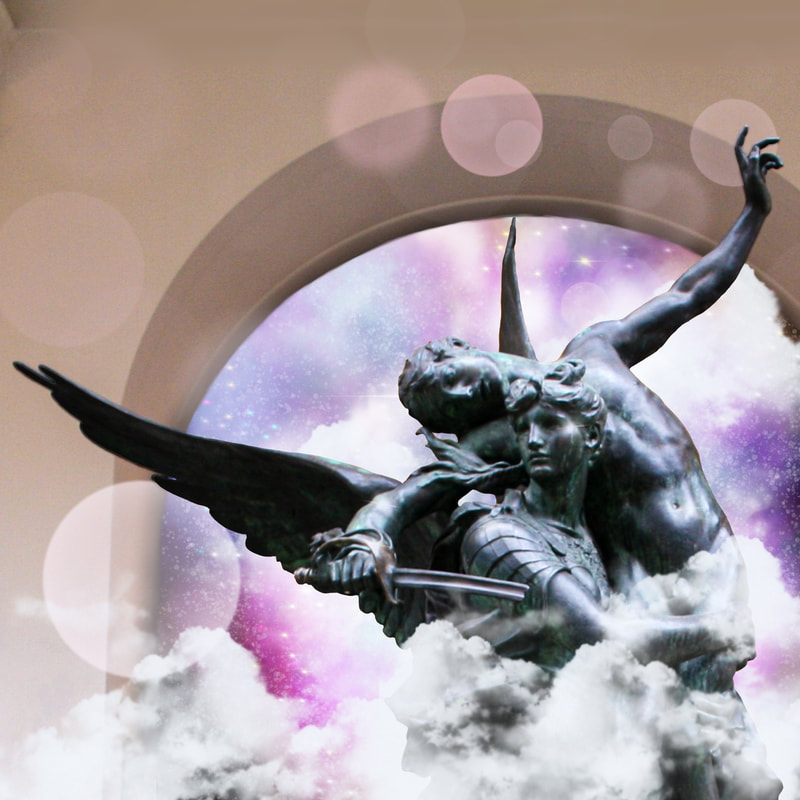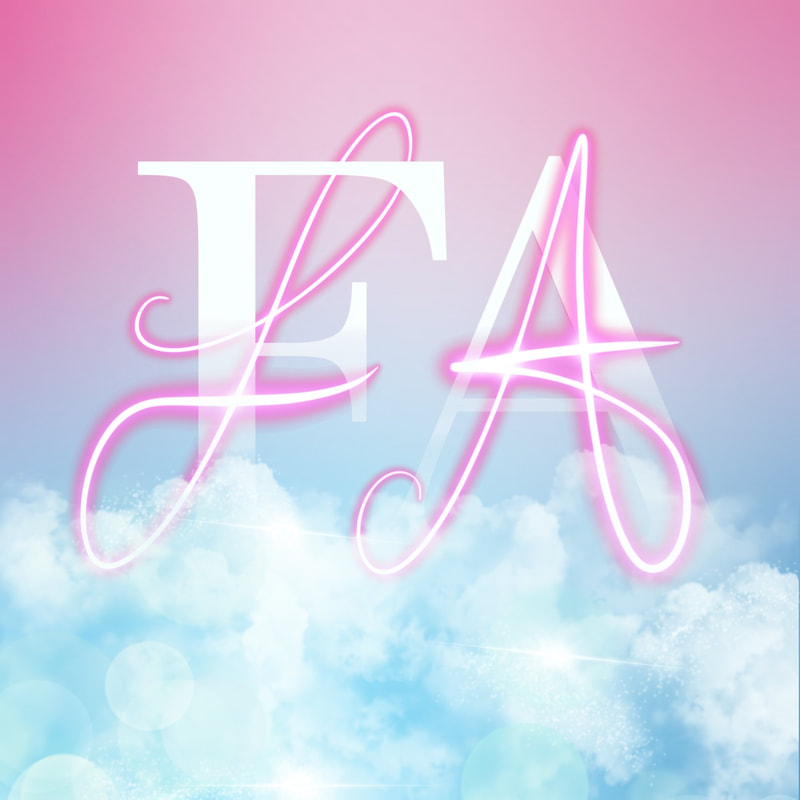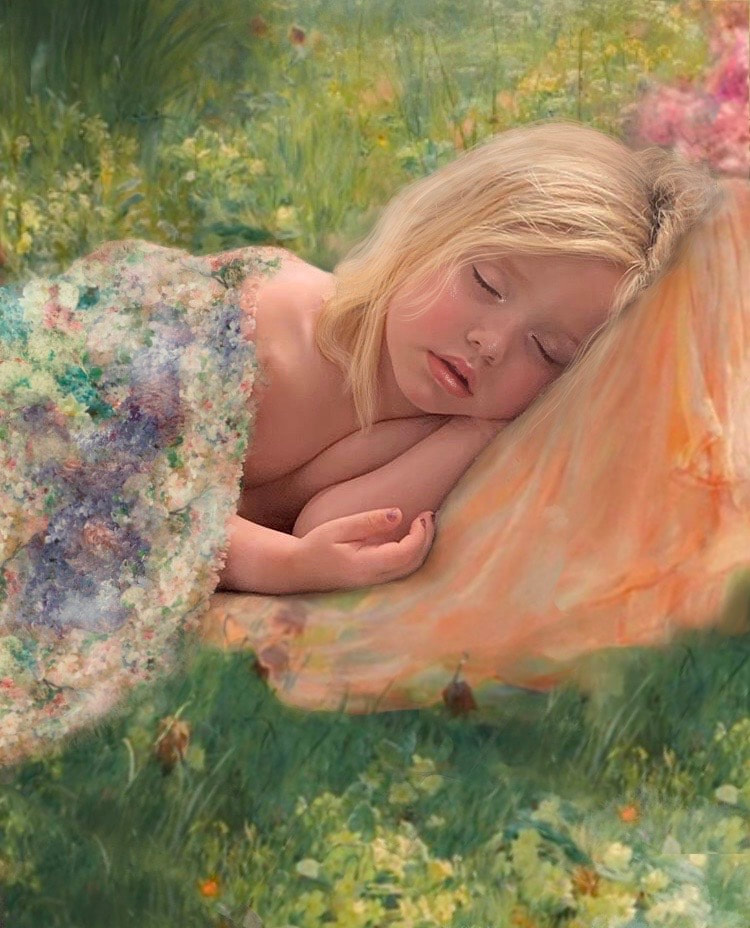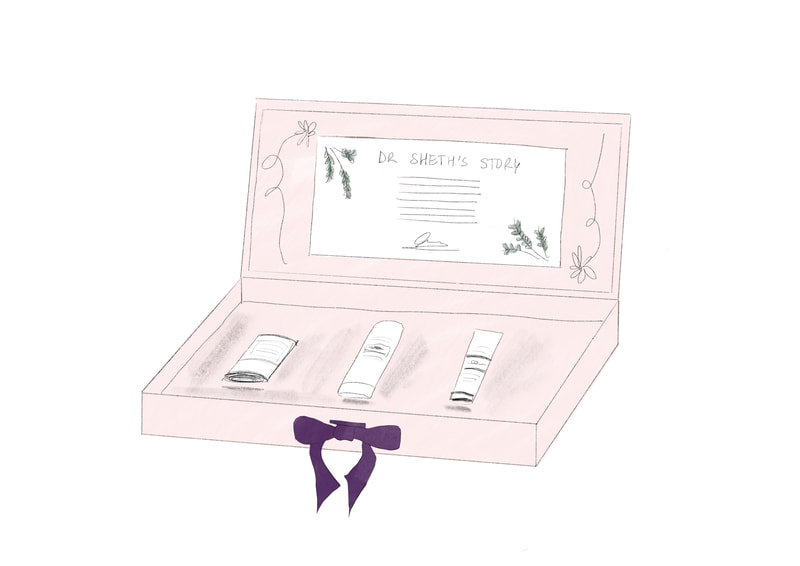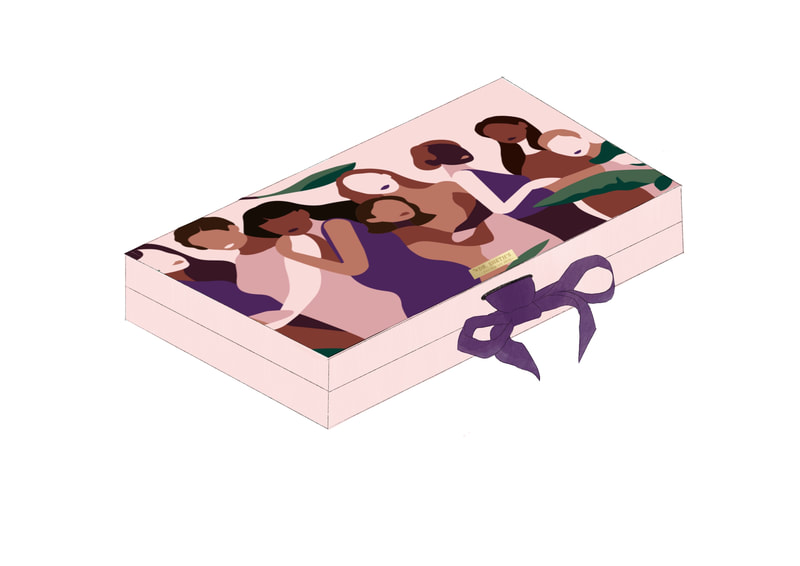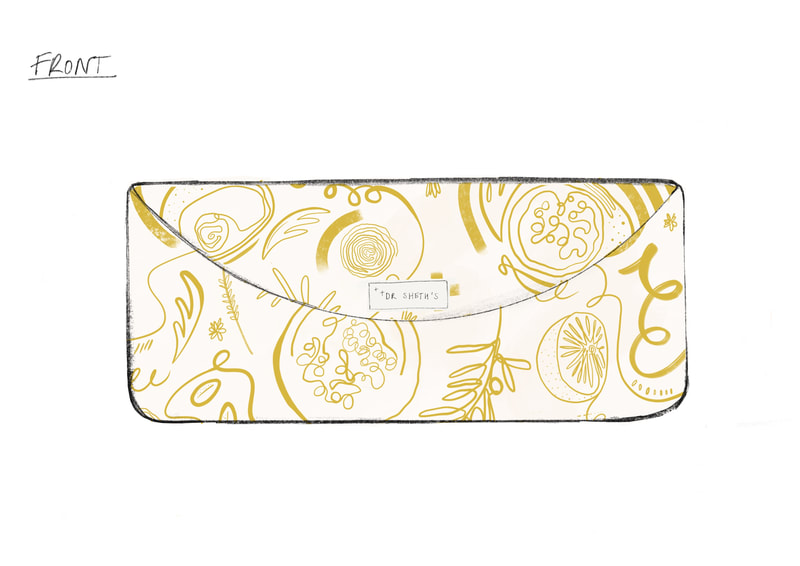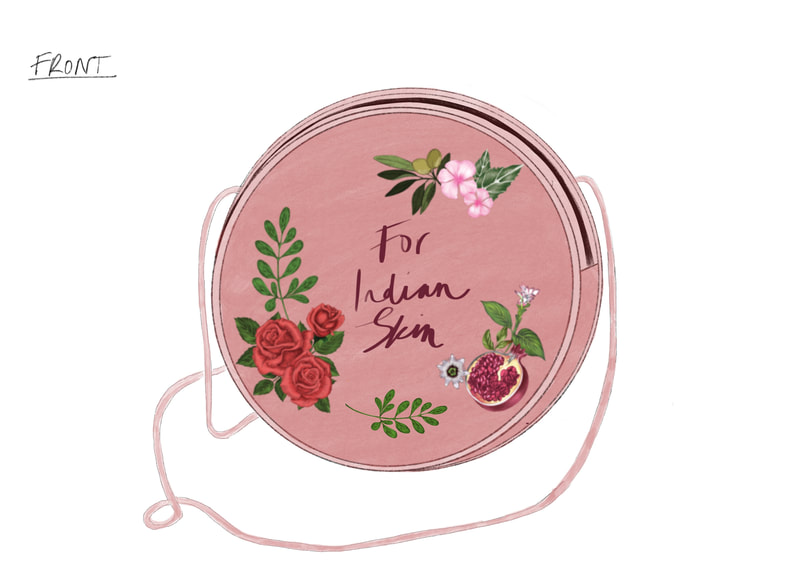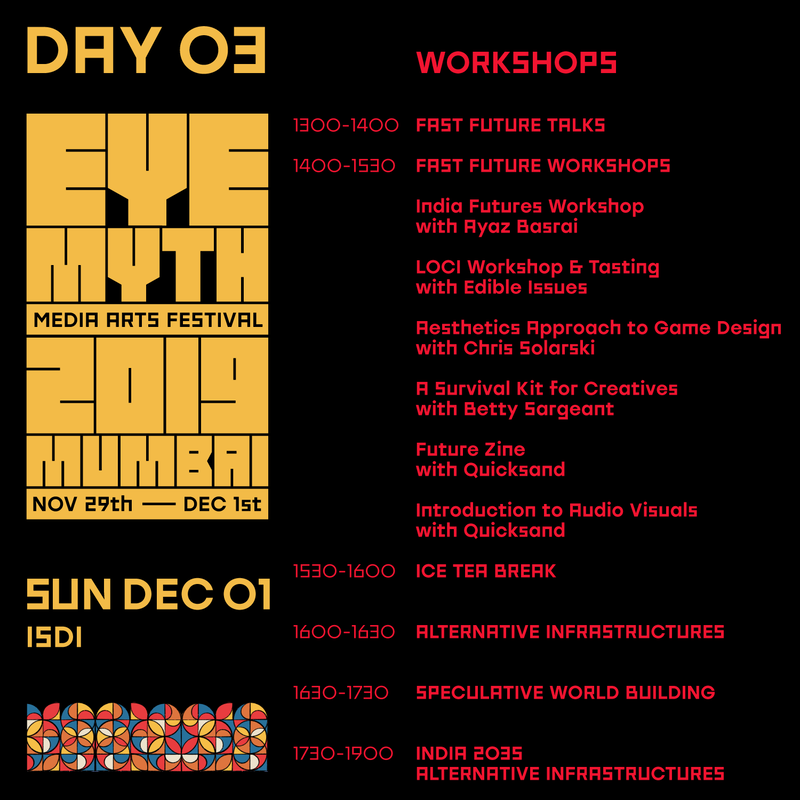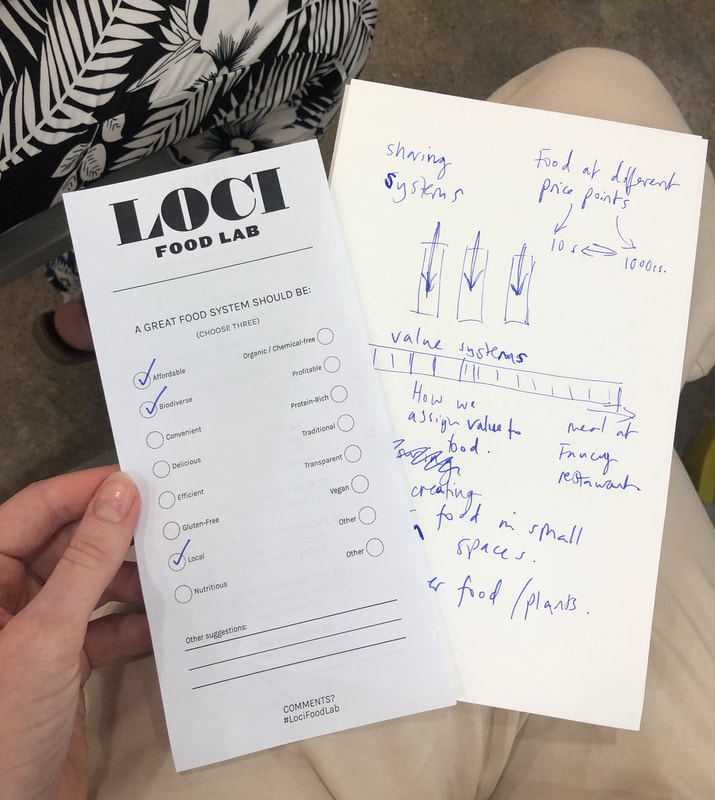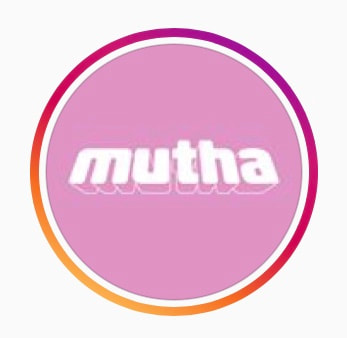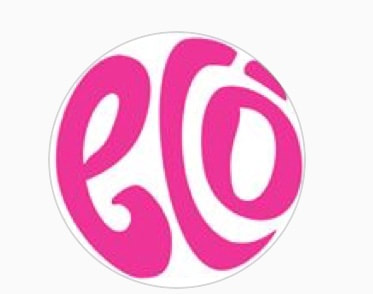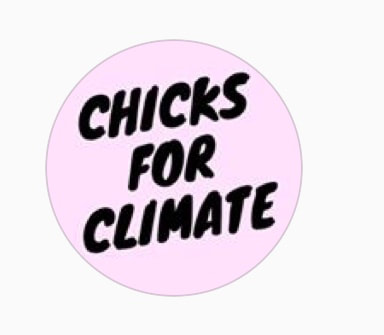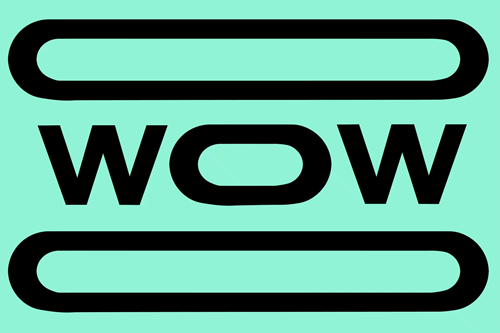|
I was relatively lucky at the beginning of my DPS year as, over the summer, I was working part time at creative agency and magazine, MUNDIAL. In September, they agreed to take me on as a full time intern and that is where I have spent my first four months of DPS. Originally launched as a one-off magazine to celebrate the 2014 World Cup in Brazil, MUNDIAL has grown from a quarterly football lifestyle magazine into a creative agency. Although we still put out four issues a year, a large part of the studio’s work is with clients, navigating campaigns through the complex football market and showing them how to successfully engage with modern football culture. My role at MUNDIAL is that of a Junior Designer. My primary function in the broadest sense is to assist the Creative and Art Directors in the development and production of projects, designing for print and digital, as well as offering support in other creative roles. More specifically, I am responsible for designing roughly a quarter of the magazine, as well as being part of a two man team that run the brand’s social media. There are two reasons that I enjoy working at MUNDIAL so much; the responsibility and the variety. Not only am I given important tasks relating to large, public-facing projects, they are of such variety and range that I never find myself bored. As well as designing spreads for three issues of the magazine, I have designed clothes, travelled abroad to photograph travel features, styled shoots with international brands and much more. Designing for the magazine is one of my favourite aspects of my job. With over 3000 subscribers and an annual readership of nearly 200,000, it is important that the magazine looks good. Out of the seven or eight features in any particular issue, I am given one or two to design, as well as a variety of other supplementary bits and pieces. One of my favourite features I have designed for is PISA MERDA, a photo essay by LCC alumni Barley Nimmo. Barley travelled to Livorno to document the fierce rivalry between AS Livorno and AC Pisa, and took a behind the scenes look at the lives of the Livorno ultras, the club’s most passionate fans. As well as attending the game, Barley went to the wedding of one of the most prominent ultras, offering a new and interesting angle to the piece. When designing the four spreads, there were two separate factors I had to consider. Firstly; the format. Usually when designing a feature, there is a large amount of copy to contend with and it usually has to take precedence over any imagery used – i.e. you can’t cut copy to fit in another image but you can do the reverse. PISA MERDA, however, is a photo essay. Although they were accompanied by a small write-up of his time in Italy, Barley’s photos were the main focus of the piece. Although this gave me more freedom to design a more visual piece, I had a new challenge, in that I had to fit a larger amount of images into the same number of pages. The second factor I had to consider was the story of the piece. This is always at the forefront of my mind when designing a long-form feature, ensuring that the imagery is aligned to the story, both in position and in tone. By keeping both of these factors in mind, as well as constant communication with the Art Director, I was able to produce a successful outcome.
0 Comments
Vicky patoulioti/ Illustration and Visual Media However stressful the DPS year has been for me so far, I wouldn’t regret my choice. For a person who’s work is divided between fine art and illustration DPS can be quite confusing. One of the challenges I had to face since the beginning was being able to separate personal from «commercial», fine art from design which is necessary for a focused portfolio. There were a couple of times I caught myself being too focused on creating something aesthetically pleasing instead of listening to what my client wanted. The DPS made me realise the importance of reaching out to a genuine dialogue and healthy communication which comes along with new views and ideas when it comes to design. My year so far provided me with opportunities to try to overcome this problem and get valuable feedback. One such opportunity is the film poster collaboration with the MA screenwriting I got engaged in earlier this year. This project helped me identify the problem as well as provided me with the potential to respond to it. It took me almost 6 weeks to come up with two outcomes for two screenplays. One horror/ sci-fi and one rom com. On a general note both writers I was collaborating with were helpful and supportive of my ideas and the way I chose to deal with the posters. They enabled me to do research and respond to their concepts quite freely which made it easier for me to get involved and enjoy the process. However, there were some problems occurring along the way. One of them was luck of information. As the screenplays were not complete yet the scenarios would keep changing and fluctuating a lot. As a result I had to constantly adapt the posters to the new changes which took more time than I expected. In a sense I got tangled up in a loop where I would create choices which would seem preferable at specific moments but wouldn’t serve the purposes of the final screenplay. Except that, I realised I was focusing more on the composition and artistic values of the artwork instead of how I can best promote the concept. The crits we had helped me understand that my approach was more personal and fine art led and confused people as to what the poster was about. Details that for me were important and helped with the best execution of the composition seemed unnecessary and puzzled others. This is when I decided to study design values and combine them with what I already knew. After having done that I carefully read the feedback from my previous attempts and created the final posters which were added to the MA grad show. I removed any unnecessary detail that was likely to confuse and kept only the more relevant to the concept information. The fonts became bolder and the colour pallet changed. The outcomes were successful and one of my designs attracted the attention of a producer. My approach changed a lot along the way, I learned to appreciate design, studied poster layout and successfully collaborated with the writers. However, I noticed something that troubled me and made me reevaluate my thoughts concerning art and design. Both artists and viewers we are afraid of changes, of creating or accepting something that strikes as different but instead we feel more comfortable following trends and rules that already exist, have been approved and used for a quite a while. Example: One of the writers I was collaborating with was very intrigued by traditional Polish posters and in the beginning was more open to unconventional styles of illustration. However, he seemed less and less willing to experiment towards the end of our deadline (which makes sense as it can be quite stressful). In the end we created something completely different from what we were going for in the beginning, a poster that resembles the rest of its genre thinking that this way will be more likely to be liked by a possible producer. We got scared of new changes and followed an acceptable trend. (I need to mention that the one I made not following this approach actually got noticed).
That raised a question: Is a film poster successful when it is fully accepted by a broader audience or when it pushes the boundaries of design? Can it be both? How come Bridget Jones’s poster is more well known than this one of Tootsie’s? In his book «Playing to the Gallery» Grayson Perry notices that we can be taught what to like and how to like it if we come across it enough times. In other words repetition is the key, the more times you see e.g. a specific layout the more likely you are to get used to it, like it and eventually deny anything that’s not quite like it. In the end it is in our hand as young creatives to change this kind of attitude and keep fuel society with innovative and challenging ideas. Audrey Chan Illustration and Visual Media "What is something that has surprised you about design?" When you type in ‘design definition’ into the Google Search engine, it will describe design as a plan or drawing produced to show the look and function or workings of a building, garment, or other object before it is made (Lexico, 2019). To no one’s surprise, as an artist, or as I identify myself, a creator, we think of the aesthetics and visuals when design is mentioned. Of course, there is so much more to that than just the appearance of things, for example the process, the thinking, and the calculations that result in the creation of something. Over the past few months, I have had the chance to work in an entrepreneurial setting and that opportunity will forever change my perspective on design. We often associate design as this renowned topic, known to be linked with the profession of designers, brands, and of course, the meticulous process of creating a commercialised product like a car or household appliances. The similarity between all the things I listed is that they always have a physical outcome, an item that can be used or held. So, what do I mean by that? After working on business units, where everything needs smooth planning and things to be done on time for the final event to work out, I realised I’ve been designing the whole time. Design doesn’t just exist within the creative industry as a decorative work, I have realised that it doesn’t have to be something that is tangible because it is not. It is a mindset to be developed, used, and improved. Suddenly, courses like Design Management and Graphic Branding makes so much more sense to me. If you told me years ago that design is a way of thinking, I wouldn’t have believed you because I couldn’t see it, how is it supposed to be design!? Working as part of the WOW Christmas Pop-up crew was an exceptional experience. A lot of the times, especially as students, you work off someone else’s idea and you provide essentially ‘your version’ of what was asked. With the pop-up shop, we were able to work from the ground up. There were parts that needed to be consistent such as our values in being eco-conscious and only selling goods that were created from upcycled materials, other than that, my team and I worked really hard into designing, setting up and meticulously planning out the logistics to make sure the event would be successful. After a month of regular meetings, material scavenging, and constant improving our idea, we as a collective have transformed a vision, an idea that was in our heads, into something that happened. Design is no longer just a plan or a drawing, nor is it JUST based on aesthetics but a process of giving life to the seeds of creation that existed in our minds. Something else about design never fails to amaze me is that it constantly evolves. It is like that bottle of wine in your cellar, it ages well. You would’ve thought that ideas would eventually run out, like the groceries in your pantry or non-renewable energy but design? Not so fast. The community for design is so good at innovating and generating new concepts that revolutionises our perspectives. The fact that anything can be an inspiration never fails to boggle my mind and that is all the collective efforts of us creatives keeping this well of ideas fresh. If you’re asking me for an example, I guess I would have to say none other than memes. The first viral meme was created in 1996, by a graphic designer to showcase how movement could be programmed and projected through a software he created which was shared via forums and emails (Gavin, 2018). Looking back at the early days of what defined a meme, it is simply just an image or gif with bold, capital letters in white with a black border. Now we have evolved to including social platforms, videos, and so much more into our encyclopaedia of memes. The ability for people to find humour in anything is an admirable trait. As a frequent Reddit user and a JoJo’s Bizarre Adventure fan, seeing other user’s creative renditions of the anime in alternate scenarios, universes, and style provides me inspiration every day. Although all I can provide for them is an upvote, others are creating and providing them inspiration for their next post.
The creative culture is relatively simple, we feed of each other and create work viewed from our own perspectives. That work is then fed off by other individuals who gets inspired to make different designs of the related topic, or not, it could be used for anything. A creative stimulus is a creative stimulus, once you’ve received it you can decide on how you want to use it. We all see things differently because we grew up being exposed to things and situations differently, which has allowed us to process and see things in ways others perhaps cannot see. This is what makes design so amazing and so enticing for me. Being able to look at pieces and thing ‘how did they even think of that’ is one of my favourite things about being in the community. The visualisation of their mind, how they think, and the way they direct their thoughts through a design helps me learn of ways to solve my own problems. Design will come in many forms but it, as a core, will never change. I hope to live indulged in this never-ending stream of brilliance for as long as I create.
Lexico (2019) Definition of design in English. Available at: https://www.lexico.com/en/definition/design (Accessed: 20 November 2019). Gavin. B. (2018) What Is a Meme (and How Did They Originate)? Available at: https://www.howtogeek.com/356232/what-is-a-meme/ (Accessed: 21 November 2019). Trish Phng Keng Boon
Illustration & Visual Media This term has been overall a DPS with a lot of experience. There has been good developments as well as upsets in my studies so far. A more bitter subject is something that I would like to talk about first. This regards a commission that I had with a client for the past months of October and November. I was contacted by them requesting me to make a series of prints for their baby daughter, which I had happily agreed to do as this was my first paid commission. I had met up with one of the clients and we discussed about the image I was to make and the cost of my illustrations. Because they were a new family, raising a young baby and in the process of moving country, I decided to set my hourly wage at the London national minimum wage, and telling the client that I would be punching in the hours that was set in the contract to meet the pricing range, and we all agreed. Developing the images for the clients, I found that it was a slow process, I was given the briefs and requests but I communication was slow, even when I was sending updates through direct messaging. I would send them updates on the sketches and ask for their opinion on, only to wait at most two weeks before they would answer, this made my progression very slow. With the benefit of hindsight, maybe I should have kept working and sending more version to update them, but I really did feel a bit lost as I did not want to send them images that did not have my complete effort, and I was also busy with other works such as my internship with ISCA. Whenever I do get feedback from the clients, I would do my best and make the changes that they desired such as their babies features being more cartoonish or that they did not want much detail in the background, and I always sent them the updates once I did them. However, as much as I tried I was not making work that they had liked very much, as I discovered. Because they were in the process of moving, so I understood that the prints were not on their top priorities at the moment, and it came to no surprise that they decided to discontinue the commission. They had apologised and thanked me for my efforts, and told me that they would proceed to pay me with whatever time I had put in, which I had calculated was in total 9 hours. I had told them the price and gave them my invoice. However, they sent me an email telling me that they feel that I had only worked 4.5 hours and paid me that amount. I have emailed them back asking for them to elaborate more on their reasons and gave them my reasons for why I think their payment was unfair, as well as a follow up email on whether they have received my previous email, but I have not heard from them since.I am contemplating on taking this case to the university but I am not sure how involved the DPS course can get, as well as whether or not I should just leave this alone. I say this because the clients were contacts from friends and I am worried about how this could affected, and these clients are raising a baby, and this could cause difficulty for them to deal with this and raise a small child, but am I being too soft? Being pushed around by a client who refused to pay me fairly? I should go to the course tutors and discuss this further with them. The rest of my DPS experience, fortunately, is better. My experience as a screen printing technician in the International School of Creative Arts (ISCA) has been challenging and at times fun. I am learning a lot about what a tutor has to provide for students, and I was amazed at how much tutors have to do on a daily basis and very humbled at how committed they have to be to each and every student. I began to see the other side of things and how much they prepare for a class, or a workshop and learn from them how to provide the proper support for each student. Another thing that awed me about tutors was the patients that they had for the students, which, I learnt, was something that I have yet to develop for myself. One of the more challenging things I found teaching students screen printing was my patients with them. At times when students do not follow my instructions properly, such as leaving ink to dry on the mesh and not cleaning us the space after, I found myself getting annoyed very quickly and snapped at them, especially when some talk back to me trying to justify the mistake. I was advised by other tutors to be more patients with them and to try and control my emotions when it comes to dealing with students. Being angry and arguing with students isn’t going to help the cleaning-up situation and it would show students what gets me angry, and this could allow more mischievous students to provoke that. The tutors did sympathise with me, but I do understand their perspective on it and I am learning to control my emotions/anger. Though ISCA has been a great experience, I am feeling a little lacking creatively in my field of practice and I do want to make things more for myself or in my style. As I find students forgetting parts of the process from time to time, I suggested with the head tutor about making an instructional poster that is more in my style. This is a good side project for me because it is both for the benefit of the staff and students as well as for me exercising m creative practice. Apart from that, I am eager to sign up for an upcoming open call for ELCAF and I am in the process of making work for the application. I want to do this as a way to get some printmaking work out for myself, and this would also help build my portfolio for future applications. So far, my DPS has had its’ positives and its’ negatives, but I want to be able to give my fullest commitment to this course and there is still so much that I want out of this year, I have other ideas and I want to be able to get it all out before the academic year has passed. With all that I have learnt in these past months, I will be more driven and more determined to make as much work for myself as well as for ISCA and future clients. I want this to be a creatively successful year for me.
Since September I've been working as an intern at WaterAid. The international non-governmental organisation focuses on water, sanitation, and hygiene to deprived civilizations. WaterAid works closely with its partners in local communities to utilize low cost technologies to deliver sustainable water supply, sanitation and hygiene solutions to the underprivileged in the economically less developed countries. WaterAid's vision is of a world where everyone has access to safe water and sanitation. Having been introduced to the organisation in the 2018 PP unit I was intrigued by the business' ambitions and wanted to get involved. Before the internship opportunity was available, I was part of a small group of illustrators who designed work for an event WaterAid held at Glastonbury. Held in the appropriately named "Looovre" toilet exhibition, artists were tasked to reimagine famous works of art being denied access to basic sanitation. Upon starting at WaterAid I was surprised at how small the Brand + Editorial team was. Consisting of only five members, David Stedman (Brand and Editorial Lead), Charmaine Morris (Brand and Editorial Manager), Larisa Gribben (Brand Officer), Steve Shaw (Editor - Fundraising), Ella Lines (Editor – Policy, Practice and Advocacy) and only one in house designer Helen Davis (Senior Designer). Considering the size of the global organisation I was stunned in finding there was only 1 in house designer? The majority of my work at WaterAid has been supporting the team in utilising the new branding supplied by The Chase Creative Consulting a couple of years ago. The branding guidelines delivered are an extensive 291 page document. Over the past few months I've familiarised myself to the details I'm required to know as an in house designer and it's been a great opportunity to be in a role where I'm expected to have this knowledge. I've needed this knowledge to aid the company in understanding how to use the brand since it's introduction there has been particular resistance to using it correctly. A narrative I'm told that isn't uncommon in companies going through a rebranding. The work I have been a part of in WaterAid has varied. Though the work has primarily been to generate visuals for the communications/media teams that fit the branding guidelines there has been an opportunity to observe and contribute any additional jobs I thought would be relevant. Since the design team has only had one inhouse designer in the past year and her time is completely consumed with working on the big inhouse projects like the annual reports, I offered up my organisational skills to help out with any housekeeping work that might need doing. Over the past year or so the company has been accumulating icon designs and decided to do an icon audit to narrow down the collection to 80 verified assets. I was set the task of organising, perfecting and exporting all 80 icons into PNG and EPS files in 24 of the branding's colours. A total of 3840 icon files. A daund=ting task but I do get a slight tingle of satisfaction knowing that I've tidied that up and helped improve the working file for the team. Now that my Internship is coming to an end and the workload is slowing down before Christmas I'm having some time to reflect on my time here and think about what I'd like to achieve next year. I feel I've learned a lot about myself and the roles that I can fit into with my skill set and am quietly confident in pursuing a design role in branding or editorial department. That being said I have missed the creativity and exploration of illustration! While doing my internship at WaterAid I'd been working on a few freelancing jobs in my spare time for a bit of extra cash and a brief came through ArtsTemps for illustrators. It was sent from Vicky Creekey who is the E-commerce + Marketing Manager for UAL's Careers and Employability. The purpose of the series of illustrations was to:
The series of illustrations would follow different themes and the one that was chosen for me was "Creative Business". Other themes were making a living doing what you love/working as a freelancer/money/find a job/ slasher careers/ mentoring/ networking/ designer maker/ side hustle/ leadership. I got busy drafting up and an initial idea of a style and colour palette. After getting a swift approval from Vicky I completed the job in around a week. It was such a smooth and enjoyable process with an outcome I'm proud to use in my portfolio. It got me thinking how much I've missed illustrating! A couple of weeks ago was the London Illustration Fair. A fun packed festival of art, craft, creativity and visual culture. Bargehouse, OXO Tower Wharf played host to the three-day illustration extravaganza with five floors of artwork, prints, workshops talks and more from some of the world’s top artists and designers.
The artist-led illustration, print and graphic design fair, bringing artists and buyers together in a unique environment. The fair offers the chance for illustration lovers to come face to face with their favourite artists and discover amazing new artwork from emerging illustrators. It's my second year in a row visiting the fair and find it such a pool of creativity and inspiration. I had originally intended to take part in this year's collection however, my priorities and time were consumed with the internship. Visiting the fair this year has reasserted my ambitions to become an established illustrator designer. With this decision made I'm now looking at how I structure next year. I'm still interested in doing internships but only for a small design agency that does a variety of work. While doing that I will be focussing on any opportunities that I can push my style and accumulate a stronger design brand and aesthetic. Jessica Mumby-Price
GMD Internship at LOCAL I’ve been interning at a design studio in Mumbai called LOCAL for the past month. Their work is situated within the realm of branding but the studio founder has plans for the studio to create a new branch: a more experimental design lab, called LOCAL Labs, which we are currently planning the launch of. The aim of LOCAL Labs is to open up the dialogue around Indian graphic design through research and collaborations. My role in this project is to plan an exhibition to coincide with the launch. I’m having to consider the overall theme of the exhibition, what kind of work should be included and how it would be curated. As someone not from India, I feel like I’m viewing graphic design through an entirely new lens. This is exactly what I hoped to experience during DPS, to step outside of the Western bubble to explore the role of graphic design in other cultures and contexts. India is currently the fastest growing country in the world and over half the population is under 25, so it feels like a very exciting time to be working in design here! Aside from LOCAL Labs, I’ve been working on:
I’m enjoying being part of a small team (there’s four of us) as I feel like I’m being exposed to all aspects of the design process. This isn’t always the positive stuff; last week one of the designers had some big issues with a print project and LOCAL had to bear the costs of the mistake. But on the flip side, I feel like I’m contributing in a meaningful way to a young studio. One thing which has surprised me is how quickly work can be done in a professional setting and decisions can be made. Last week, a client came to us needing a logo within five days. The deadline seemed very tight but we pulled together as a team and had eight options to present by the end of the week. It got me thinking about how I usually spend far too much time in the first stages of a project, waiting for the perfect idea, before I get going. I want to take with me the ability to quickly create multiple options in the first phase of a brief and then the confidence to move forward, irrespective of how much I love an idea. It’s better to just get started! Aside from what I’m learning at my internship, working in India has thrust me head first into the realities of the country’s very prevalent social and economic inequalities. As I go about my day, I am constantly being confronted with examples of these inequalities. I can’t help but wonder, how can design be used to imagine new futures for India? These encounters have made me realise that I’m interested in how design can be used to bring about positive social change. Eye Myth Festival Last weekend, I attended Eye Myth Media Arts Festival in Mumbai. The day involved talks and workshops within the space of future forecasting, speculative design, design narratives and design fiction. I don’t have experience in any of these practises but as I’m interested in designing for the future, I thought it would be interesting to attend. The festival was organised by an interdisciplinary studio called Quicksand. One of its founders, Avinash Kumar, spoke about the power of speculative design to propose alternative realities, which can in turn help to address real world challenges. Avinash said a few things which particularly stuck out to me: - “Speculative design is to combine critical thinking with imagination and play” - “In the context of living in India, everyone has to be responsible. Thinking about the future in an interesting, collaborative manner” - “We envision scenarios that make daily life better” - “The West doesn’t represent the future and India doesn’t represent the past” - “Speculative design can create safe spaces for people from all genders and backgrounds to imagine different futures” - “It feels like we’re being handed these shiny packages from the rest of the globe about what to do and how we should do it, but we’re trying to open up the discourse within India” I learned that speculative design can be used in scenarios where conversation is quite difficult. Designers and collaborators can imagine anything from new tools and objects, to systems and spaces. You can then work backwards to see how these possibilities can be implemented into current day life. I took part in two group workshops, one about the future of food culture, led by Edible Issues, and one about a possible future society between 2020 and 2040, led by the architect Ayaz Basrai. I found the tasks quite challenging in the beginning as I’m new to the concept of speculative design, but as the workshops went on, I felt like I was getting a better feel for what it was about. The festival gave me some interesting topics to think about and I'd like to explore the topic of speculative design further. I'm also researching design studios in Europe with a social stance for my next internship. Gabriela (Gaby) Kozlowska
Graphics Branding & Identity Flash back: November 2018, I’m sitting in one of the professional practices session, starting into the far distance, totally zoned out, thinking of every reason why and how DPS will be the best thing for me to do. Fast forward exactly a year, I’m on DPS, totally zoned out thinking how everything I’m doing its not how it’s supposed to be, nothing is working out and everything I am doing is just ‘not enough’. But it’’s all a learning process and it’s ok. There is no set way to go through this year, and we all going to go through it in our own way, and that’s what I have to accept and learn. Now here is how the year has been so far. Starting DPS as a freelance designer, I have learned a valuable lesson, that it’s way harder than it looks, because you will never have 100% guarantee that what you working on will be successful or when the next project is going to come through. The main thing with freelance is that you are your own boss, and you set your goals, deadlines and have to make yourself go to work, which can be hard when you physically or mentally can’t push yourself to do it. The journey has started very much on an uphill, beginning with a very exciting freelance job, which was to design an app for a new brand and I would have been part of the design team full time. However, the brand has decided to pull out, and therefore my job was terminated. Followed by further failed freelance jobs, I have became very much discouraged by the idea of freelance and it started to feel like a waste of time. As an individual who likes having a lot to do, I need a 9-5 or some sort of structure, so I’m not 100% sure freelance is for me for the long run. I’m glad I gave it a shot, and I’m more then happy to do it on the side, but I’m definitely an agency/office kind of person. Maybe one day I will be able to what ever I want, but for now, I need someone to look over my shoulder. Feeling like I’ve waisted so much time basically doing nothing, I started to thinking ahead to my thesis. I have started to look into the books and other resources which can help with my final question. The main topic of the paper will be branding (shocking, I know) but it is truly what I am mostly involved with but also what I find so complex and worth writing about. Because I have send so much time studying it, I feel like there’s so much that can be talked about, like the process of branding, what we classify as a brand these days, rebranding, self branding and many other things. Having touched on the topic in many, if not all of my previous essay on the different elements and areas of branding, for the thesis i’d like to combine it all and together into one big reflection, on what branding is, was and how it has changed with time. It might sound a little vague, but the one main interest of mine, is the current perception of what ‘branding’ really has become. The idea that we no longer buy products, but services, life styles and we are afraid of betraying the brand we are ‘loyal’ to. The fact that we can self brand and rebrand but also how important the customer relation is to branding. At the end of year 2, I have written my thesis proposal, in which I stated that the focus of my question will be the way branding in relation to youtube and how they have became the same thing. My focus has changed slightly, considering that there’s so much I’d like to cover, from the beginning of braiding through to what we know it to be and now the rebranding or branding. The starting point for me are the two books called ‘Brand Thinking and Other Noble Pursuits’ by Debbie Millman as well as ‘On Brand’ by Wally Olins. They are very much staples for my paper and I believe will also influence the final question that my paper will have. Currently I have started to work on a self initiated project with a fellow DPS friend, and we are working on a rebranding of a magazine/platform Vagina-nomics. We are working on both the design work and the new ethos and language, to expand the target audience of the platform and change the narrative of the brand. Besides this, I’m also thinking of another self initiated project, which I would be focusing on more next term, which would be much more on the topic of self branding. The beginning part of the DPS year has been a learning curve, and I have learned and discovered a lot about myself, my work as well as the way I can and can not work. The whole year for me is a learning experience and I’m glad it isn’t just a given one year internship. A lot of people find it hard to understand what my placement year is, how it works and often say “why don’t they just give it to you”, but that’s not what real life is like. Nobody is going to go around giving you things and this really is a life lesson, with a lot of support and help. We all have a different DPS experiences and we get to share them and learn from one another, and we will return into the 3rd/4th year with much more resilience and much thicker skin. While going through a rough phase, a friend of mine said that this is me stressing and crying ahead of year three so that when it gets to the end, I will be much calmer and less stressed and I feel like if I can do this, I can do anything.
|
